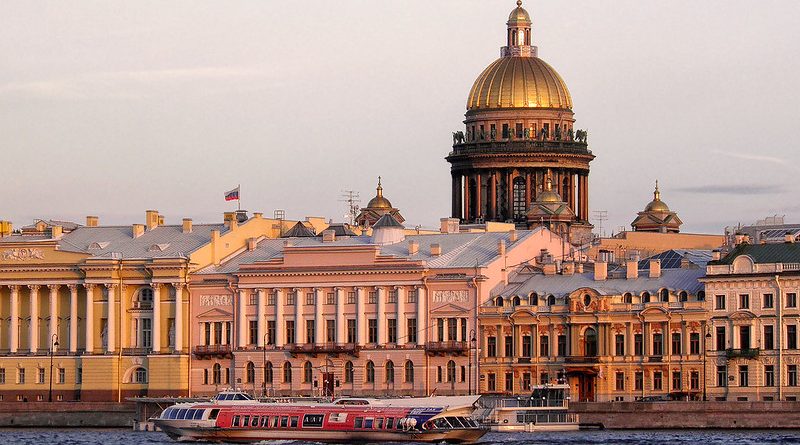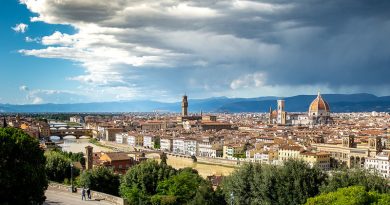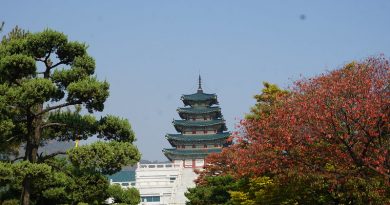The Top 5 Things To Do In St Petersburg
Often cited as Russia’s cultural capital, St. Petersburg was initially established with the intention of creating a city comparable to the cultural powerhouses of Western Europe. It remains a bastion of rich history and culture in the present day.
Hermitage Museum
One of the most iconic museums in the world, the State Hermitage Museum is the cultural epicentre of St. Petersburg. The second largest museum in the world after Paris’ The Louvre, the Hermitage is divided into five distinct buildings-the Winter Palace, the Old Hermitgae, the New Hermitage, the Small Hermitage and the Hermitage Theatre-each with a specific source of interest. Established in 1764 under Catherine the Great following a major acquisition of art, the museum now contains in excess of 3 million items, among which is the largest collection of paintings on the planet. An embarrassment of riches if there ever was one.
Peterhof Palace
A major complex of royal palaces and gardens, the Peterhof Palace is often compared positively to Versailles due to its grandeur. Commissioned by its namesake Peter the Great in the early 18th Century, the Palace is known for its Baroque design, influenced heavily by its French contemporaries and illustrious gardens. The French influence is clear throughout the complex, most notably The Grand Cascade, which takes direct inspiration from Louis XIV’s Chateau de Marly.
Street Art Museum
One of the city’s newer museums, the Street Art Museum is located in an active plastics factory. Rather than host permanent exhibitions of reappropriated pieces of street art, the museum is instead constantly in flux. Although it is a bit off the beaten path, the Street Art Museum has quickly cemented its place as one of the most unique and vital cultural centres in the city.
Mariinsky Theatre
Russia has a rich legacy of opera and ballet, which Moscow’s Bolshoi Theatre is often associated with. The Mariinsky Theatre, while not quite as iconic, is still a significant cultural centre steeped in history. The Mariinsky Theatre was built in 1860 and is one of Late Imperial Russia’s most important architectural contributions. Established during the reign of Alexander II and named for his wife, the theatre staged works from esteemed composers such as Pyotr Ilyich Tchaikovsky amongst others.
Church of the Saviour on the Spilled Blood
Another important architectural contribution from the Late Imperial period, the Church of the Saviour on the Spilled Blood was built on the spot of Tsar Alexander II’s assassination, a tribute to the reformist leader. Completed at the beginning of the twentieth century shortly before the outbreak of the Russian Revolution, the building contrasts with the primarily Baroque architecture of the city, instead paying colourful tribute to Medieval Russian architecture. Following its secularisation upon the rise of the Communist regime, the Church has never gone back to being a functioning place of worship.




